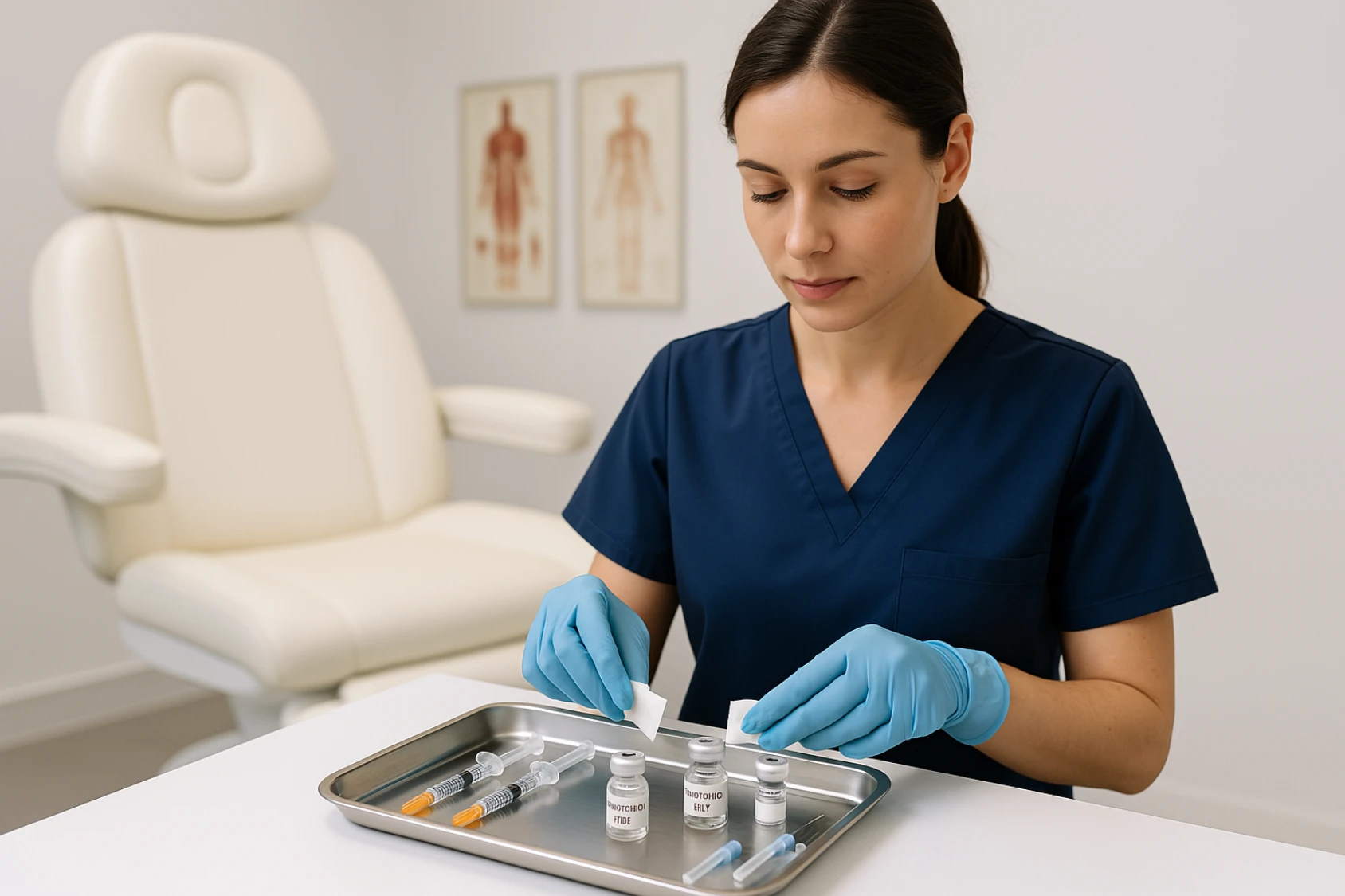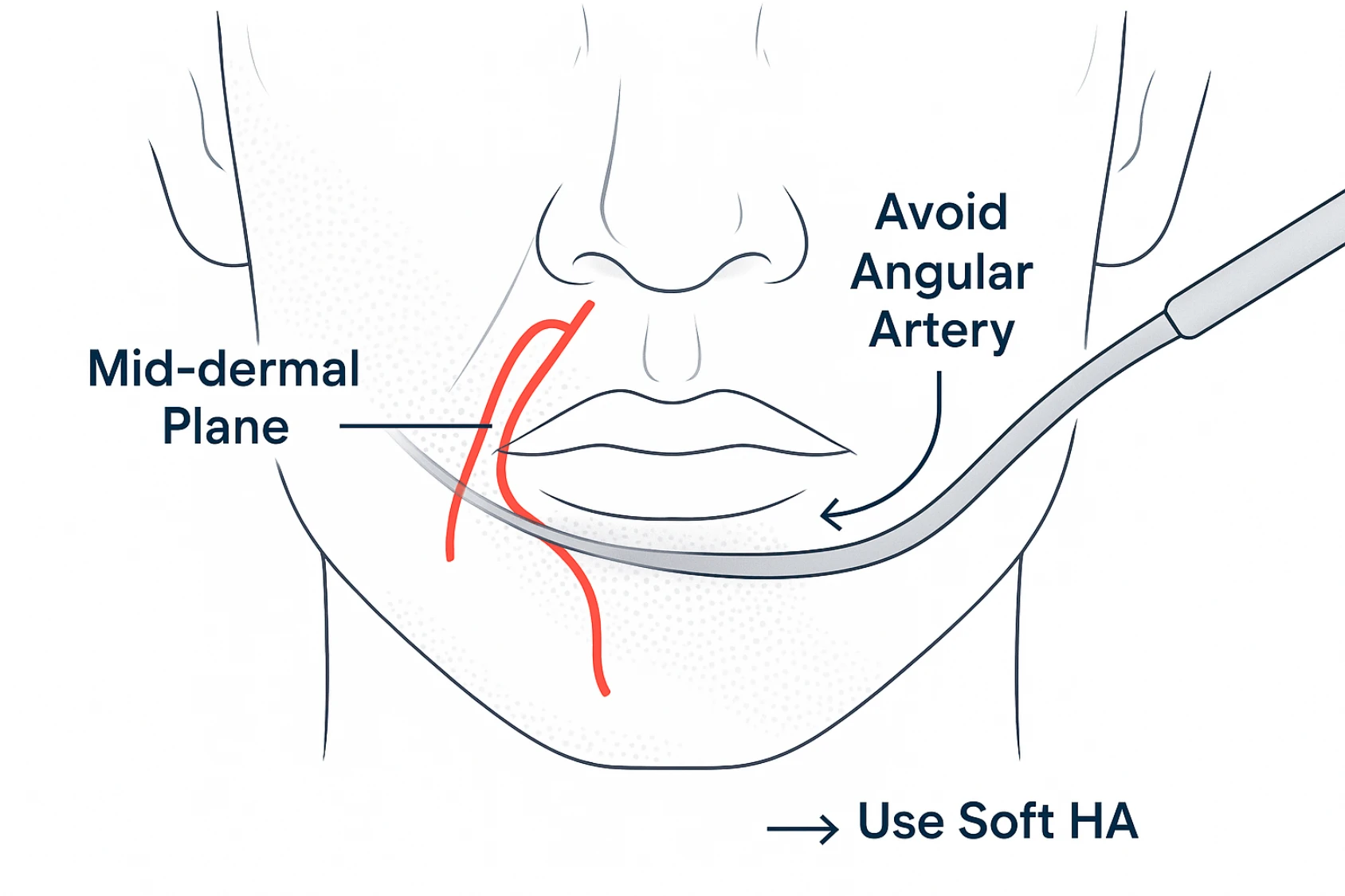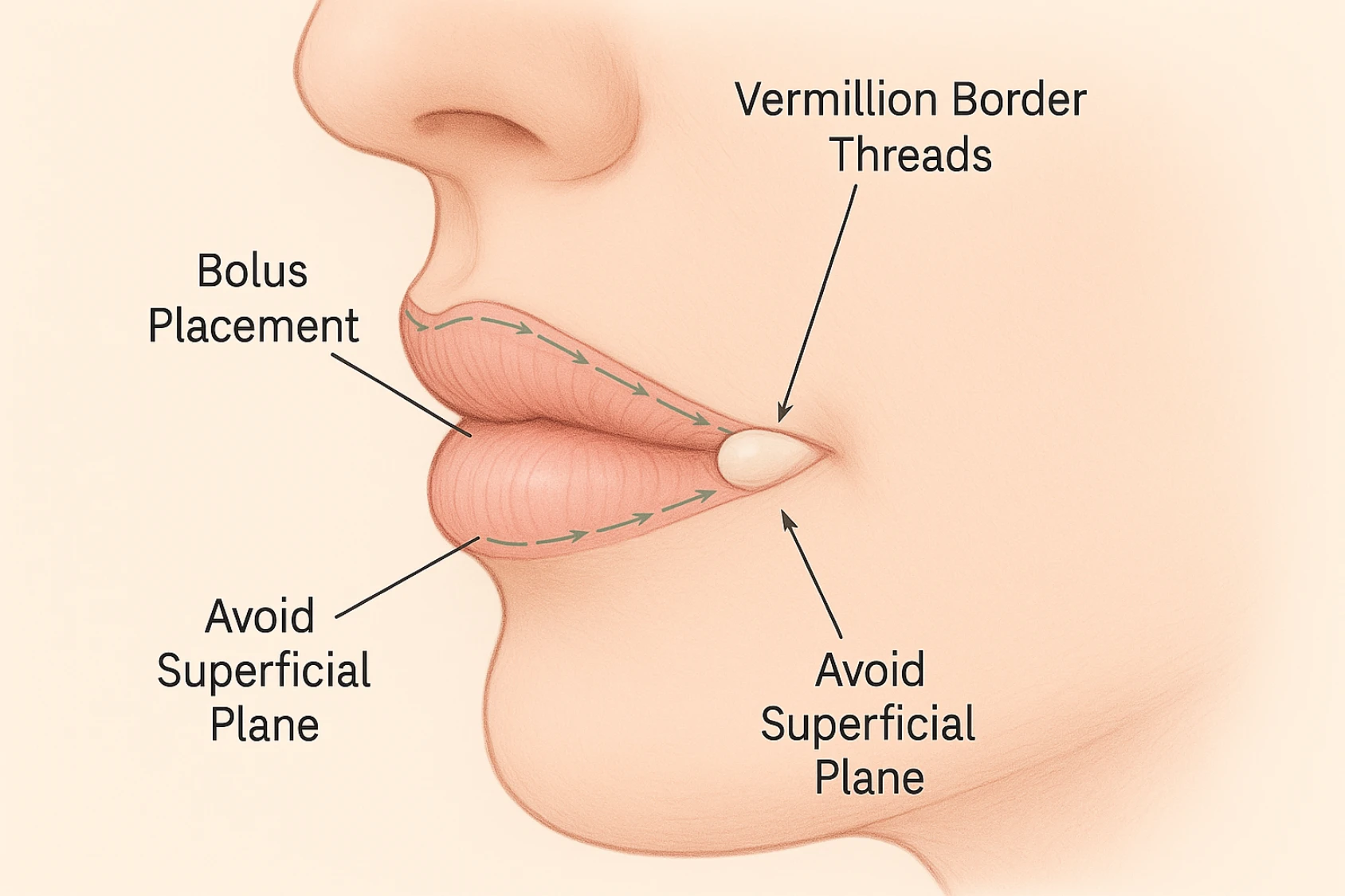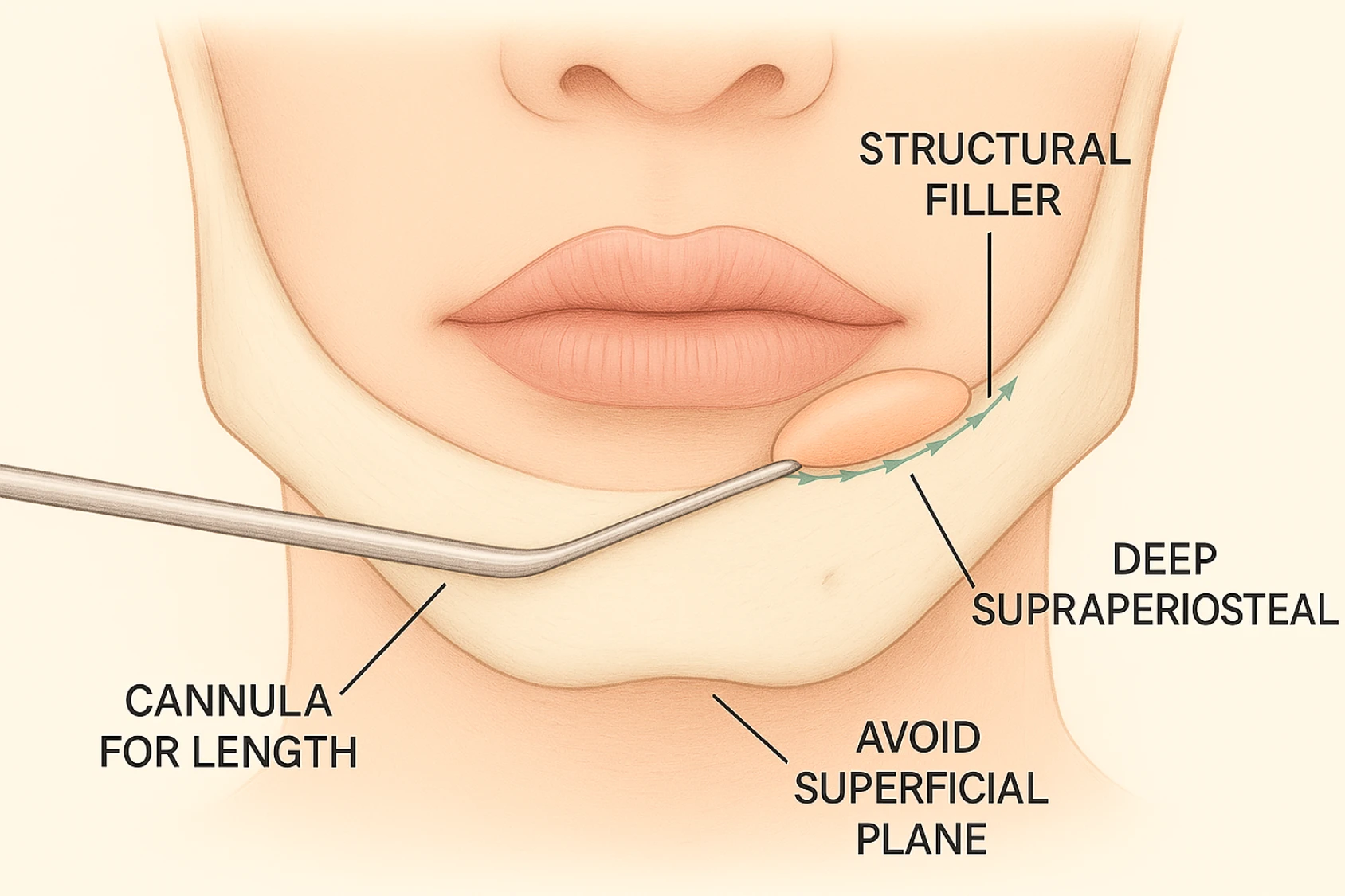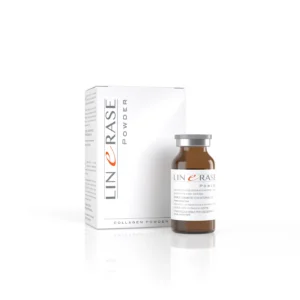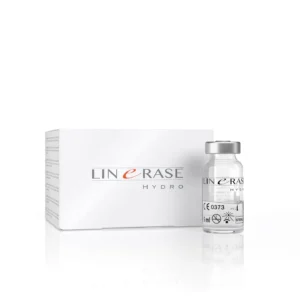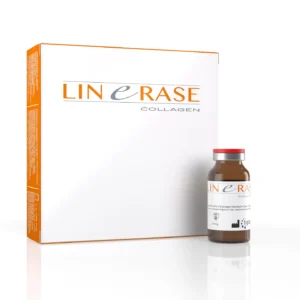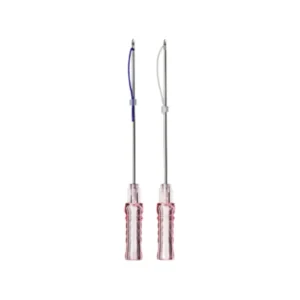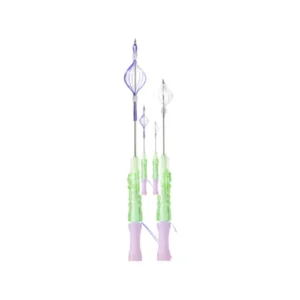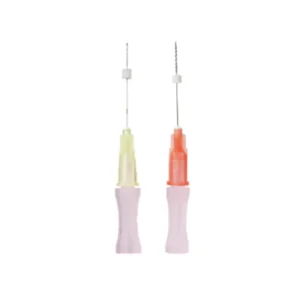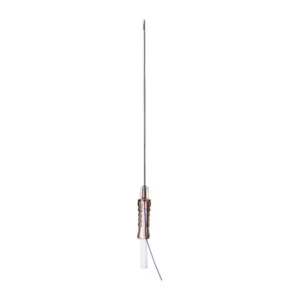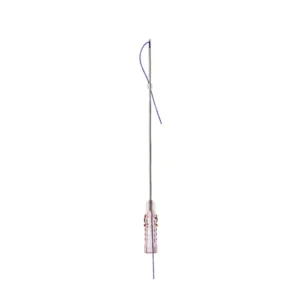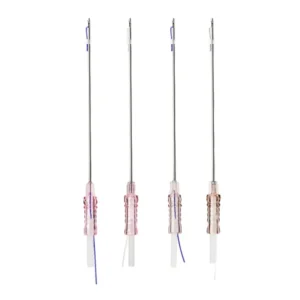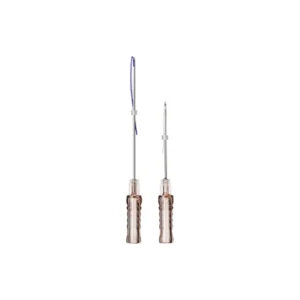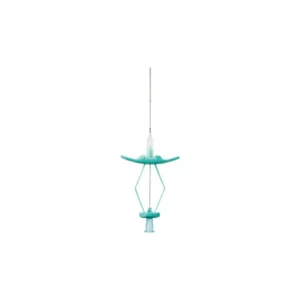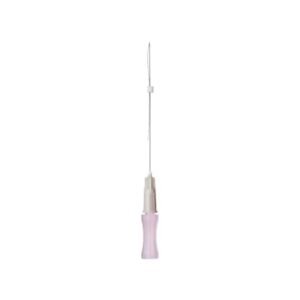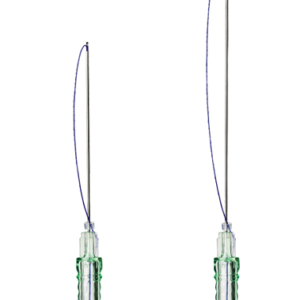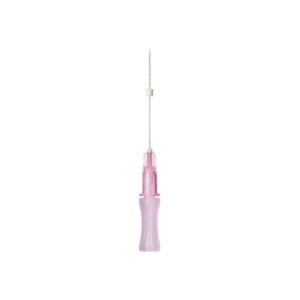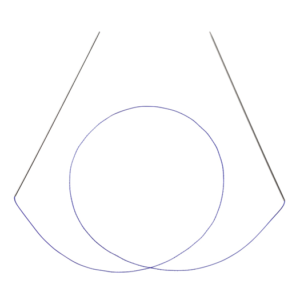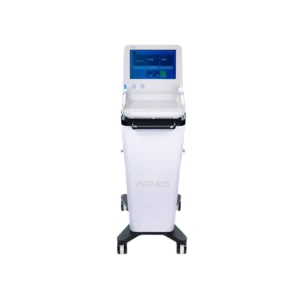Dermal fillers are a revolutionary way to help people look their best without going under the knife. But with any new trend, there are always safety concerns. That’s why having attainable and reliable safety during injections is of the highest importance. This guide is a great way to explain how to enjoy safe filler injection techniques.
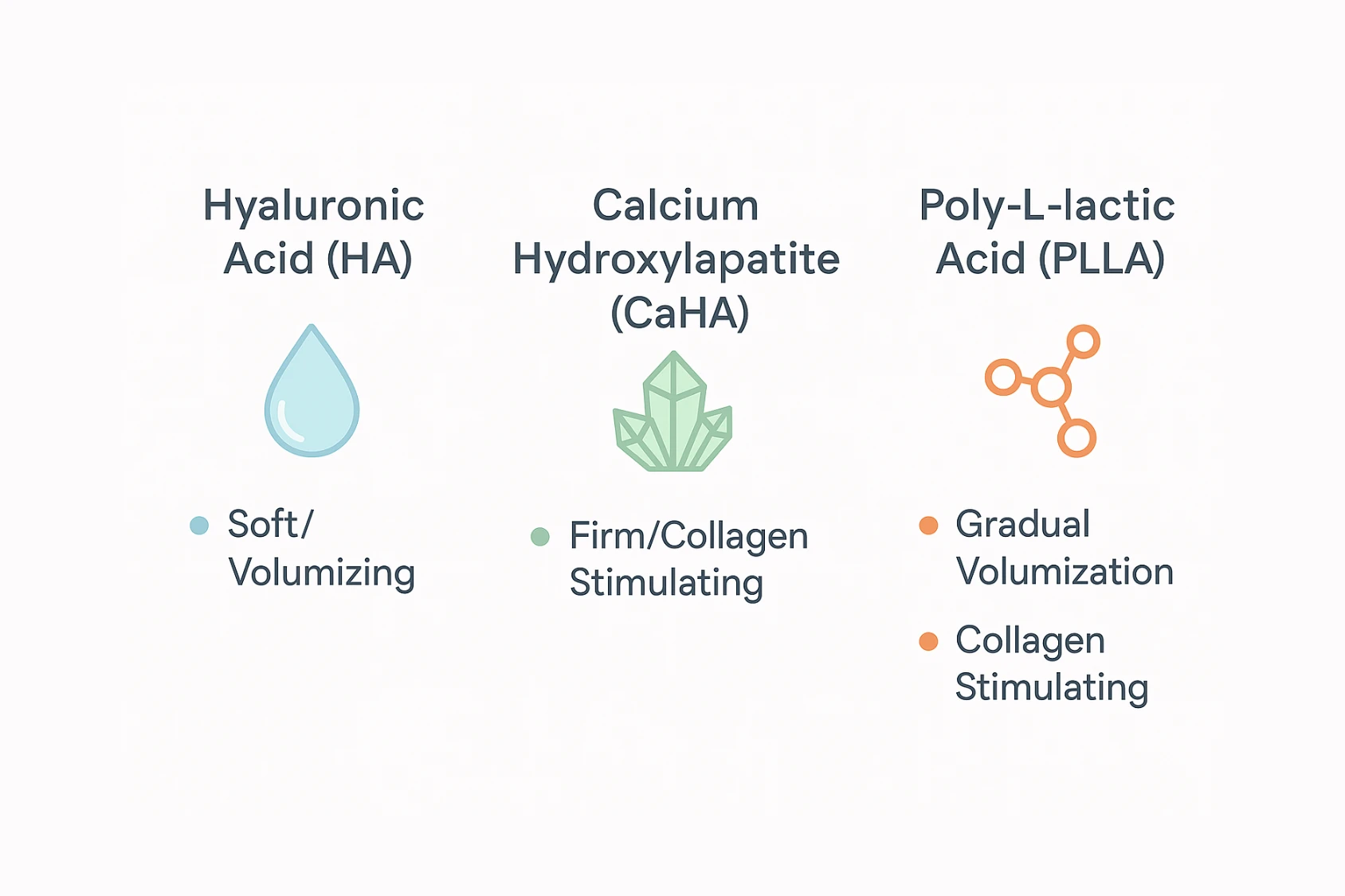
Regardless of whether you are an experienced injectable biochemist or just starting to broaden your point of view on facial rejuvenation, a great restorative care outcome is not possible without understanding anatomy, selecting the right product, and knowing the right way to inject it.
A Guide to Dermal Fillers
Dermal fillers are injectable gels that add volume, smooth lines, and shape facial contours. As they become more popular, both practitioners and patients must understand safe filler injection techniques.
Most fillers consist of either hyaluronic acid (HA), calcium hydroxylapatite (CaHA), or other compatible substances. Besides, they are employed to treat symptoms of aging including volume loss, wrinkles, and skin laxity, providing a less invasive option than surgery.
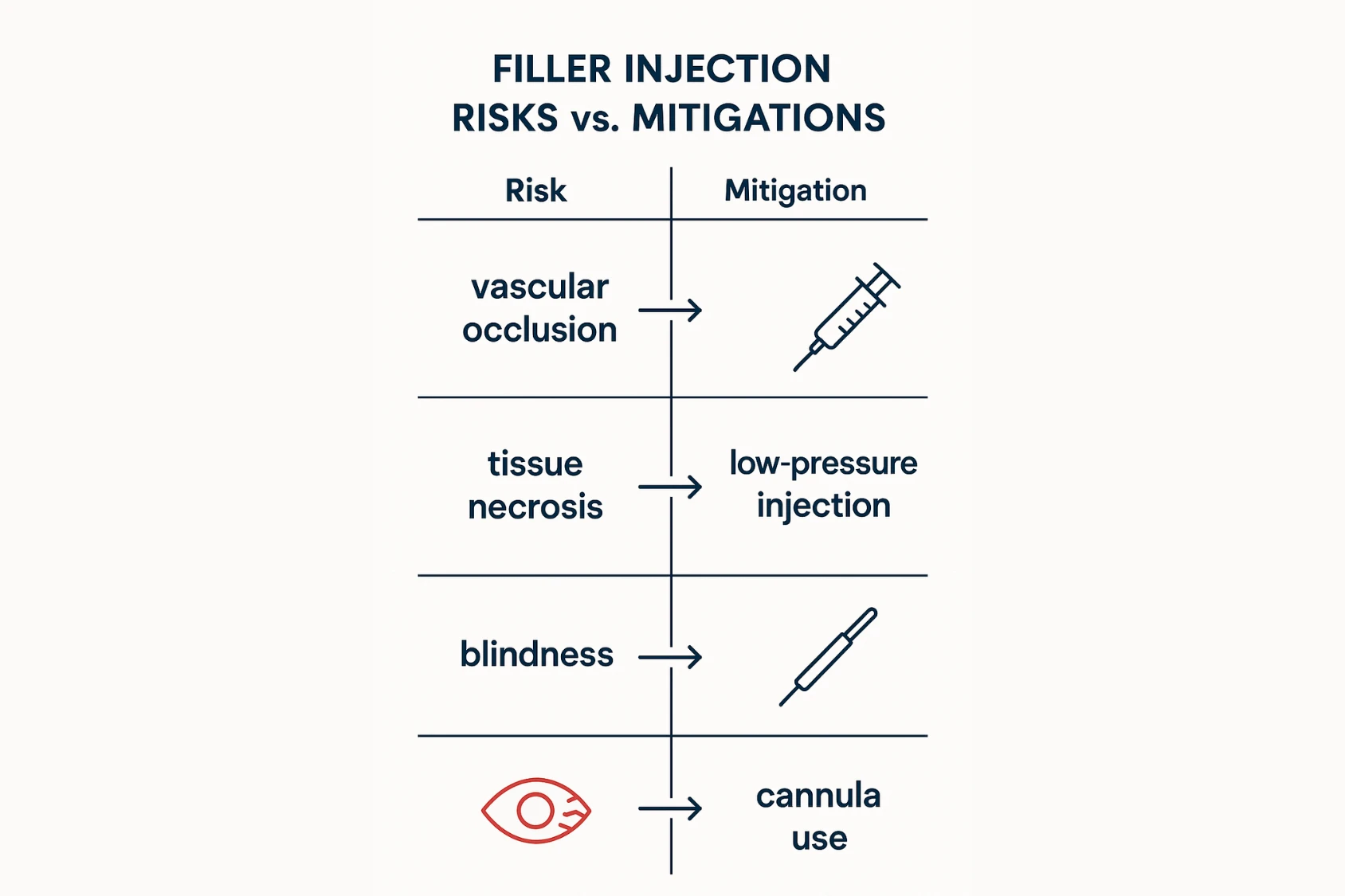
Top Ten Safety Considerations for Filler Injections
Fillers are generally safe, but if they are injected incorrectly, serious complications can occur. Knowing safe filler injection techniques, anatomy, and how to perform a procedure will dramatically reduce the risk.
The worst-case risks are:
- Vascular occlusion
- Tissue necrosis
- Blindness (if the filler goes in an arterial pathway to the eye)
To minimize these risks, every injector should be proficient in:
- Deep anatomical knowledge
- Diluting properly for each area of application
- Correct depth and technique
- Using cannulas when necessary
- Conservative dosing and layering
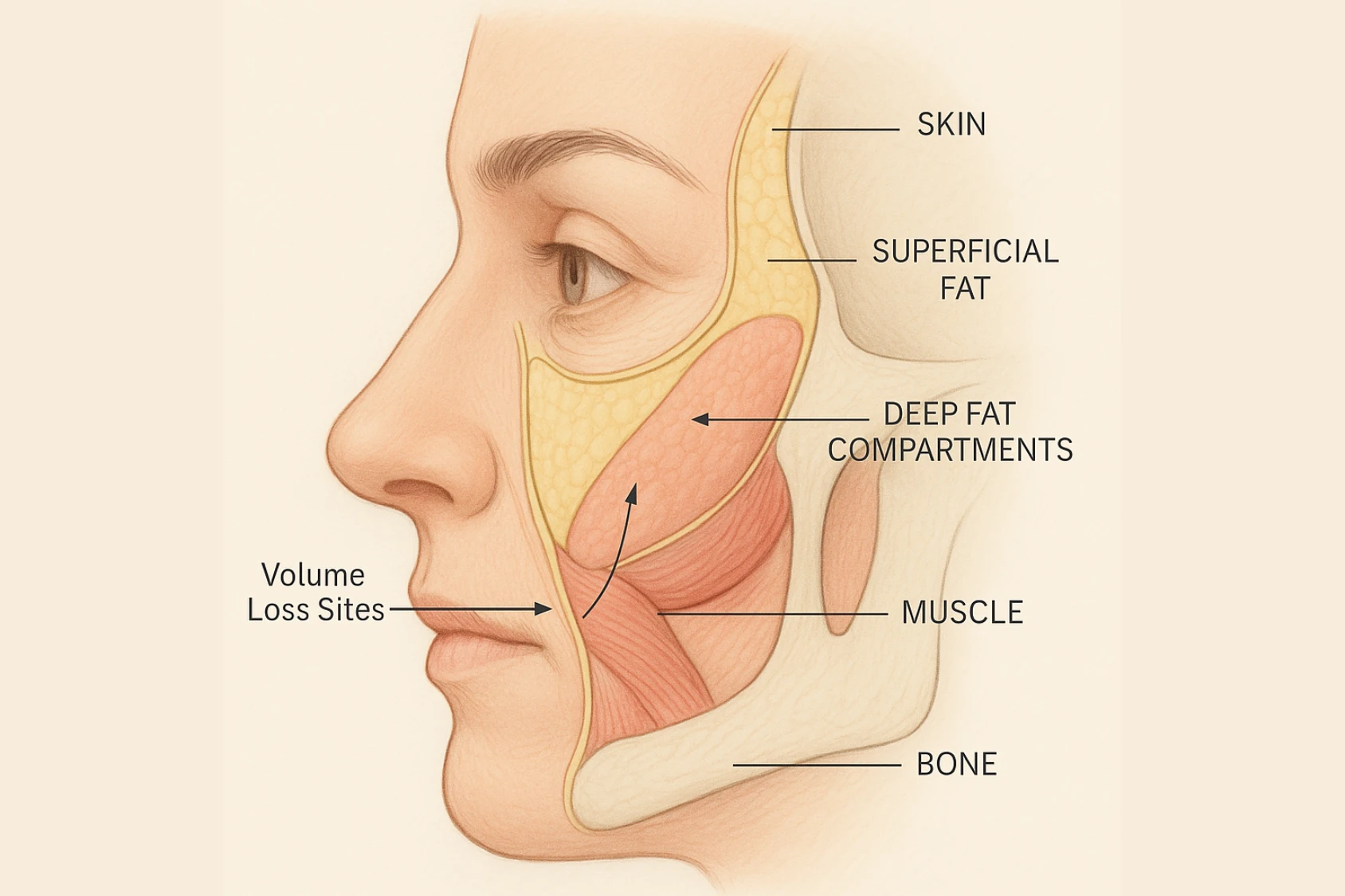
The Anatomy of Facial Aging
The aging process leads to predictable transformations of the face, such as fat loss, bone resorption, and skin thinning. Fillers can address these issues and restore youthful contours.
Key factors in facial aging:
- Loss of Volume in the Midface and Temples
- Formation of lines or folds (e.g.nasolabial lines)
- Skin laxity and fine lines
Dermal fillers can effectively restore balance by targeting the specific areas affected by these age-related changes. A personalized filler plan can layer treatments for more natural-looking, long-lasting results.
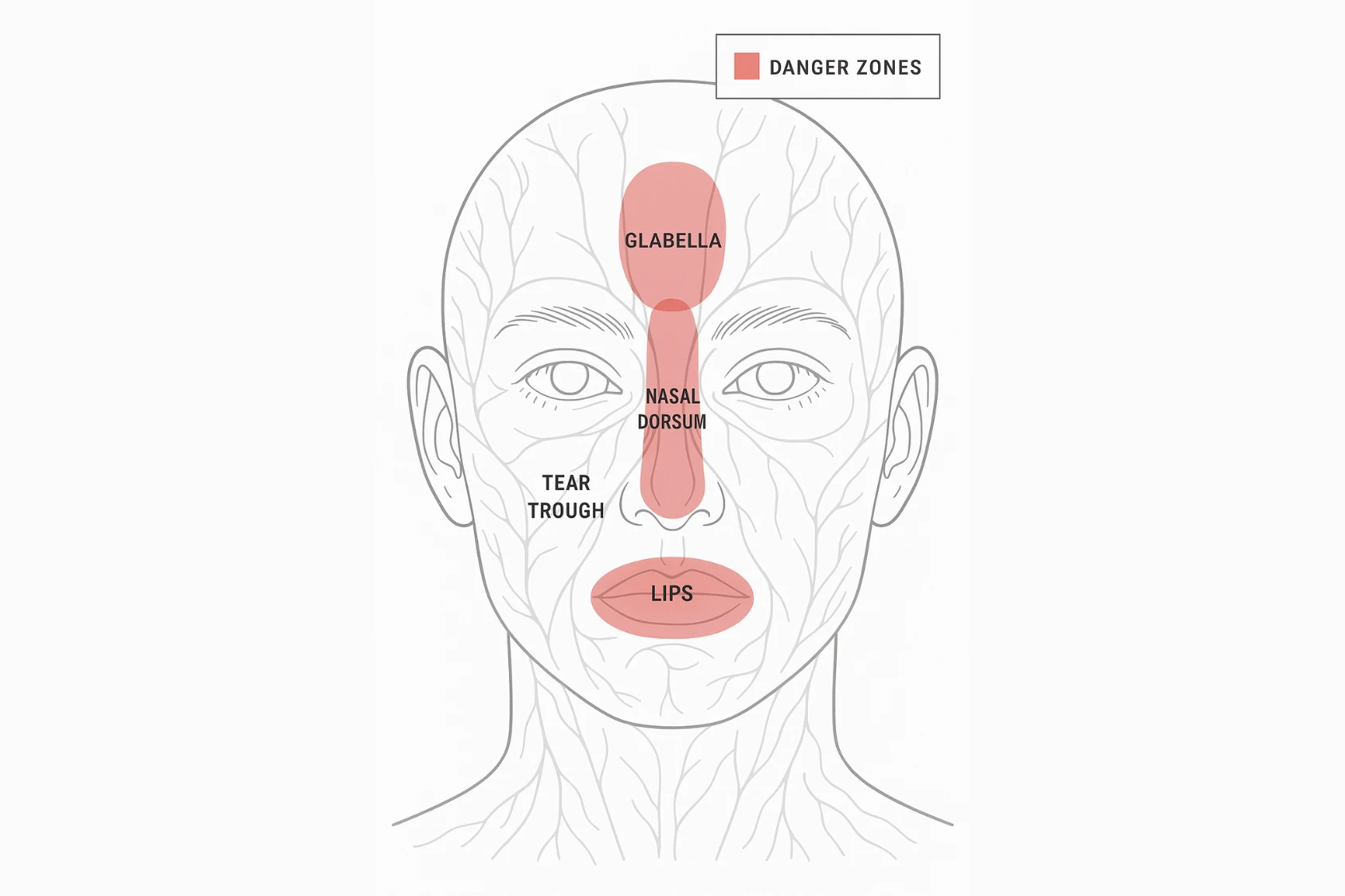
Safe Filler Injection Techniques with Knowledge of Facial Anatomy
A nuanced knowledge of facial anatomy allows injectors to steer clear of danger zones and yield better results. It is important to visualize the main landmarks prior to each injection.
Focus on:
- Arteries: angular, infraorbital, supratrochlear, facial
- Nerves: infraorbital, mental, supraorbital
- Fat pads and muscle structure
Using anatomical drawings and consistent mapping before each treatment helps reduce the chance of hitting a vessel or nerve and increases precision.
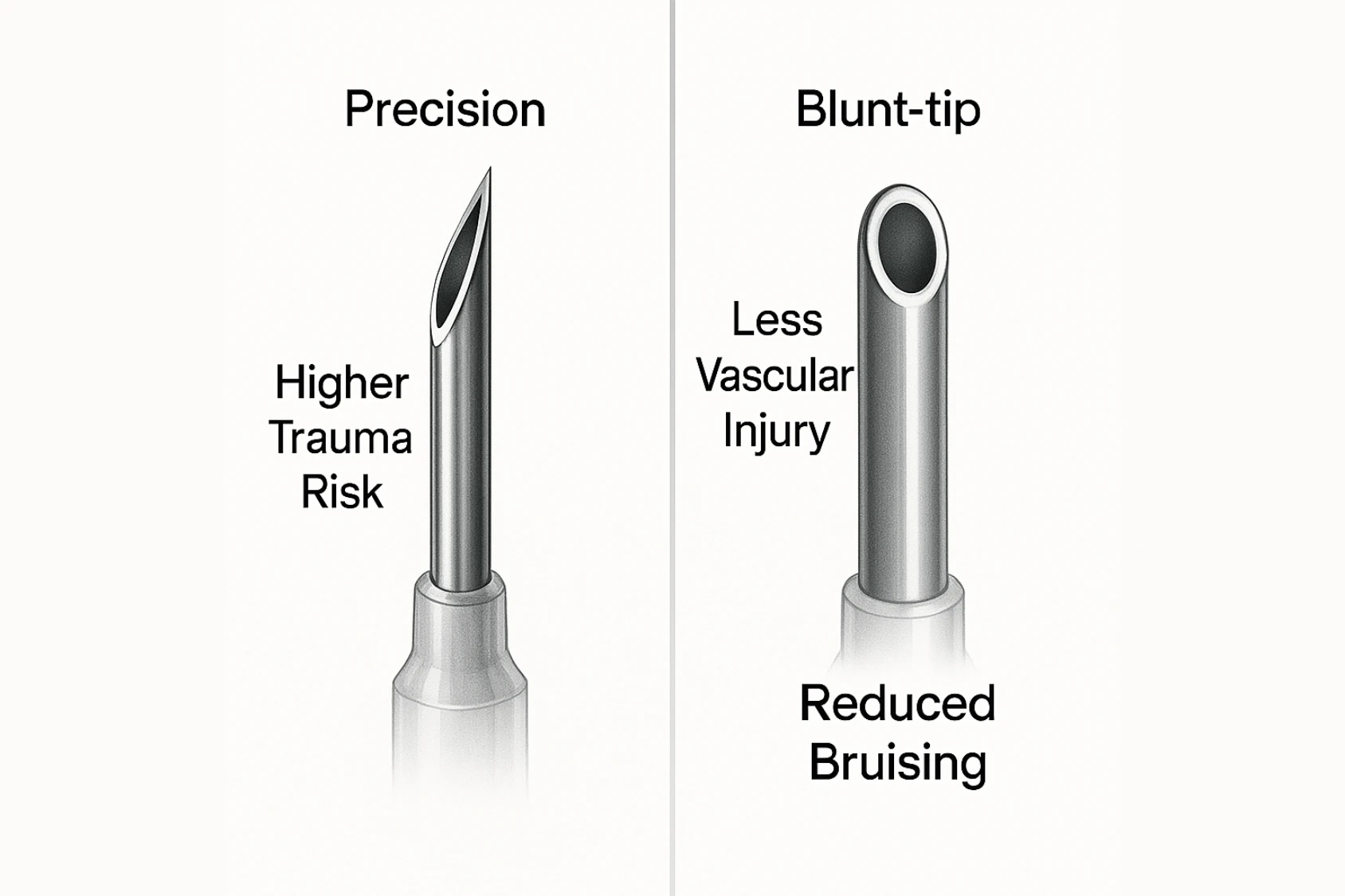
Properties and Types of Dermal Fillers
Not all fillers are created equal. Each product has unique characteristics, and choosing the right one depends on where it’s being injected and what you’re trying to achieve.
Common types include:
- Hyaluronic Acid (HA): Non-permanent, soft or volumizing
- Calcium Hydroxylapatite (CaHA): Firm, collagen stimulating
- Poly-L-lactic Acid (PLLA): Biostimulatory, gradual volume
- PMMA: Permanent, talented hands are a must
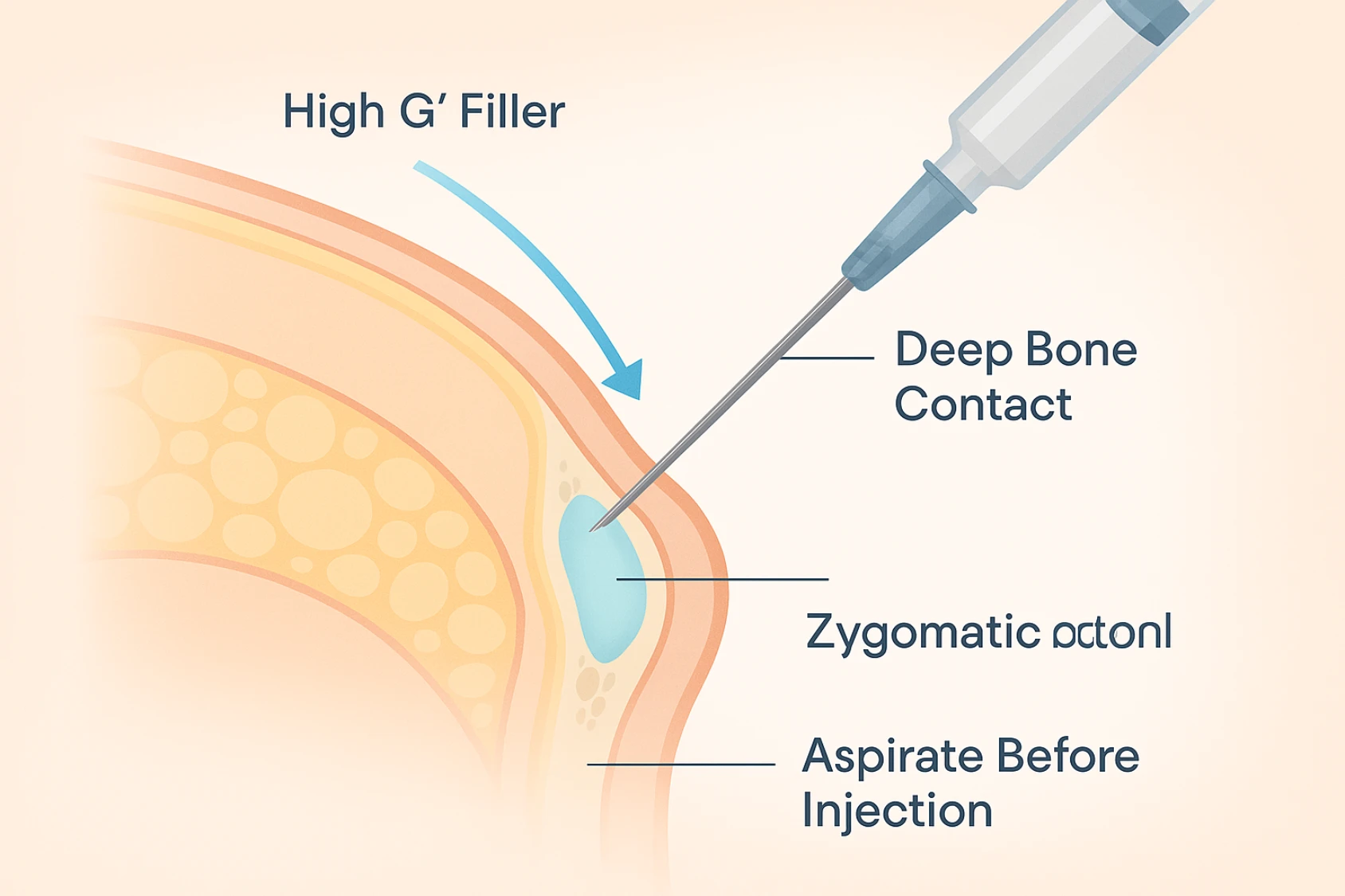
Anatomy and Injection Considerations by Facial Zone
Below, we’ll review the safest options for treating the most commonly enhanced areas.
- Cheeks
- Restore midface volume
- Needle or cannula deep injections on bone
- Filler type: High G’ filler for support
- Reposition lateral to the mid-pupillary line to avoid infraorbital foramen
- Inject your needle — Aspirate

- Restore midface volume
- Nasolabial Folds
- Reduce the depth of facial folds
- Mid-dermal placement
- Use soft, flexible HA
- Inject laterally to avoid the angular artery
- Tip: Use cannulas to reduce bruising and improve precision in sensitive areas.

- Reduce the depth of facial folds
- Lips
- Improve shape, volume, and hydration
- Micro threads that you can use in vermillion border
- Bolus placement for the body of lips
- Prevent lumps by not placing superficially
- Safety Note: Watch for labial arteries

- Improve shape, volume, and hydration
- Tear Trough
- Treat under-eye hollows with caution
- Use blunt cannula
- Inject in pre-periosteal plane
- Low-density HA to avoid swelling
- Caution: High risk for Tyndall effect if superficial

- Treat under-eye hollows with caution
- Jawline & Chin
- Define and refine lower facial contours
- Deep supraperiosteal injections
- High-density filler mimics bone
- Cannula preferred for longer lengths
- Bonus: Pair with skin-rejuvenating compound for added polish
- Define and refine lower facial contours
Needles vs. Cannulas
Choosing between a needle and a cannula depends on the area being treated and the desired outcome.
- Needles: Ideal for precision and smaller, deep-targeted areas.
- Cannulas: Blunt tip reduces vascular trauma and is excellent for lips, tear troughs, and the jawline.
For high-risk zones, cannulas are generally safer and more comfortable for the patient.
Injection Depths for Safe Results
Knowing the correct depth ensures effective and safe treatment. Wrong depth can lead to lumps, bruising, or vascular issues.
- Intradermal – Surface hydration, fine lines
- Mid-dermal – Wrinkles, folds
- Subcutaneous – Volume restoration, contouring
- Supraperiosteal – Deep support
Product Selection: Matching the Filler to the Area
Choosing the wrong filler can be just as risky as a poor injection technique. Here are some guidelines:
| Area | Ideal Filler Type | Viscosity |
| Cheeks | High G’ hyaluronic acid | Thick/Volumizing |
| Lips | Soft, flexible HA filler | Medium/Soft |
| Tear trough | Low-density HA | Thin |
| Jawline/Chin | Structural filler | Thick |
| Fine lines | Superficial hydrating filler | Very thin |
Remember to also consider reversibility — hyaluronic acid (HA) fillers are preferred for beginners because they can be dissolved with hyaluronidase if needed. HA fillers are great for beginners since they are reversible with hyaluronidase.
Methods That Enhance Safety
To minimize risks and maximize methods focusing on safety and precision. These types are especially useful where risk is high and precision is the highest.
Aspiration: Gently pull back on the plunger to check for blood before injection
Low-pressure Injection: Gradual, slow delivery reduces embolism risk.
Micro-droplet Technique: Small quantities ensure even distribution and reduce lumping.
Layering: Builds volume in a stepwise fashion, mimicking the natural architecture of facial tissue.
Danger Zones to Avoid
Certain areas of the face are more susceptible to filler injection complications due to their vascular supply and proximity to important structures. Avoid these areas — or treat them with extreme caution and innovative techniques — to protect the patient.
- Glabella: Contains arterial branches that lead to blindness if blocked.
- Nasal Dorsum: Vascular occlusion risk is high; deep injections are to be avoided.
- Tear Trough: Delicate area with swelling and Tyndall effect risk.
- Lips: Dense blood supply increases the risk of bruising and complications.
Signs of Complications and Emergency Response
Spotting early filler issues fast helps stop big problems. Acting quickly saves tissue health and vision.
Watch for these warning signs:
-Pale or odd skin color
-Severe pain during or after injection
-Sudden changes in vision
Immediate steps:
-Inject hyaluronidase in the area
-Use warm compresses and massage softly
-Get emergency help if vision is affected
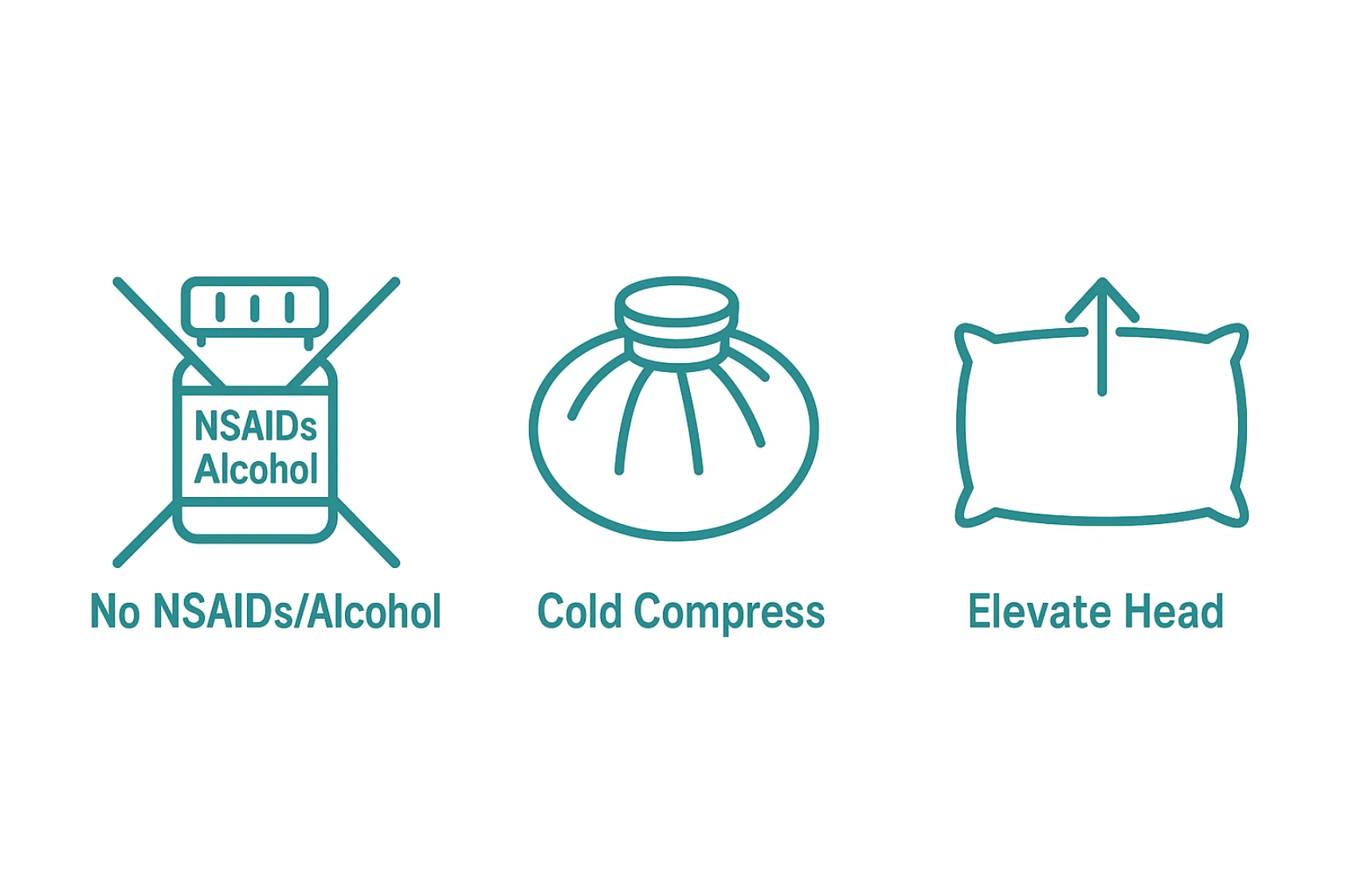
Before & Aftercare Tips
Good care before and after treatment helps get the best results and lower risks. Follow these steps to reduce bruising, swelling, and other issues.
Before Treatment:
-Avoid NSAIDs, alcohol, and smoking for 24 hours, they cause more bruising.
-Share your complete health history with your doctor.
-Drink water and come with clean skin.
After Treatment:
-No hard exercise, saunas, or hot showers for 24–48 hours.
-Do not touch or massage the treated site.
-Use a cold compress to ease swelling or discomfort.
-Sleep with head up to reduce fluid build-up.
Combining Fillers with Other Treatments
Fillers can work well with other procedures for a youthful look.
-Using Botox eases muscle-caused wrinkles.
-Radiofrequency tightens loose skin and boosts collagen.
-Laser Resurfacing evens skin tone and texture.
–Skin Rejuvenators add moisture, elasticity, and glow.
Essential Tips for Safe and Effective Filler Use
Good filler use needs skill and care. Be sure to follow best practices and talk clearly with your patients.
Best Practices:
-Train and stay updated on facial anatomy and injection methods.
-Keep detailed records of every procedure.
-Always get informed consent before treatment.
Educating Patients:
-Set realistic goals and discuss possible side effects.
-Talk about filler lifespan (6–18 months) and what to do if issues occur.
Patient Assessment Checklist:
-Review full health history, allergies, and medications.
-Check facial symmetry and skin quality.
-Tailor the treatment plan to fit each person’s goals and enhance natural beauty.
Conclusion
Safe filler injection techniques are key to great aesthetic results. With strong knowledge of facial anatomy, the right product choice, and cautious methods, you can achieve amazing, lasting results with low risk.
Are you eager to refine your filler technique to new heights? Be informed about the latest advances and focus on patient safety to achieve the most desirable results. It’s not only a matter of beauty but also a matter of practice. Make use of fillers wisely, and you will have the best outcome.

